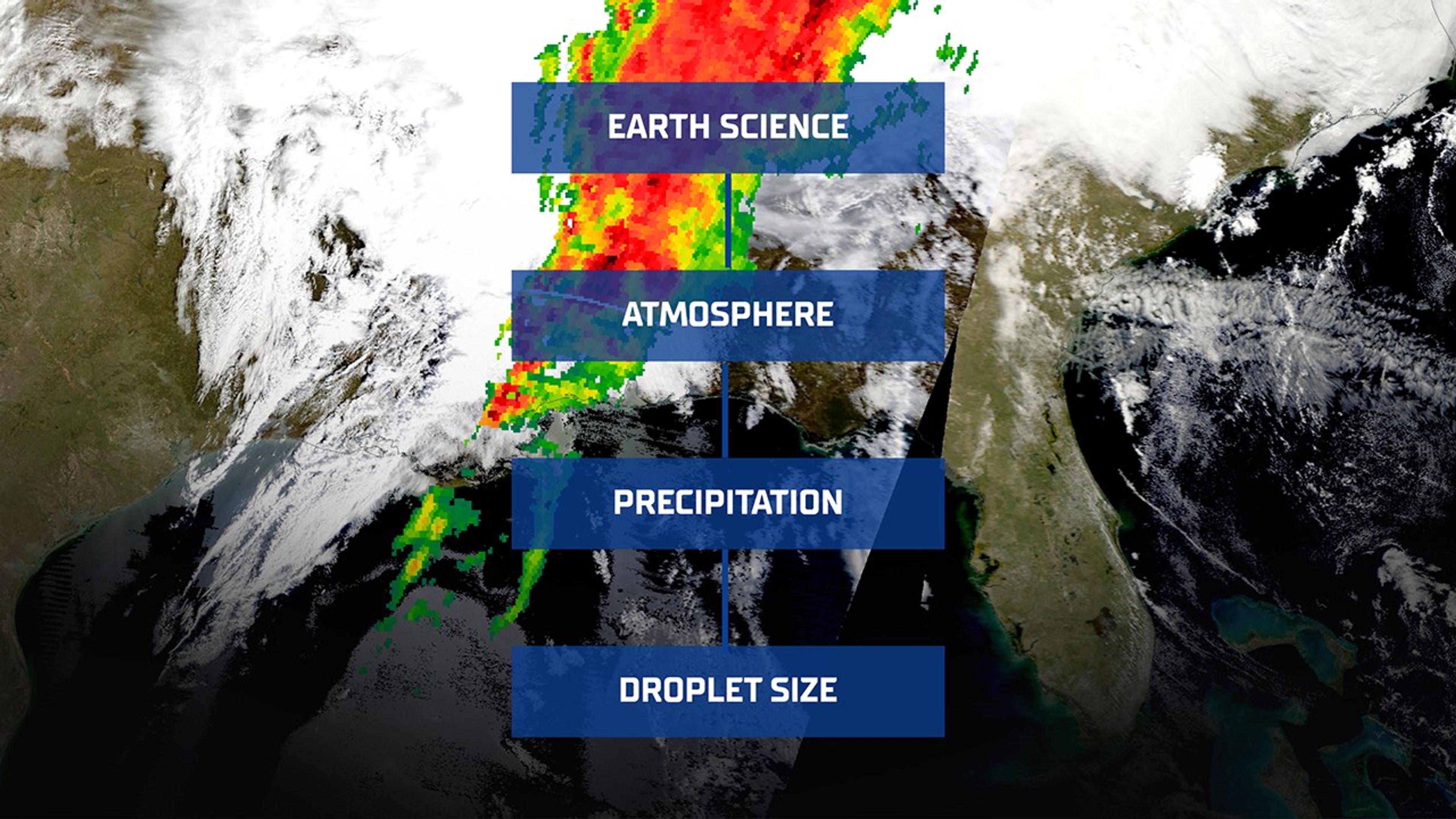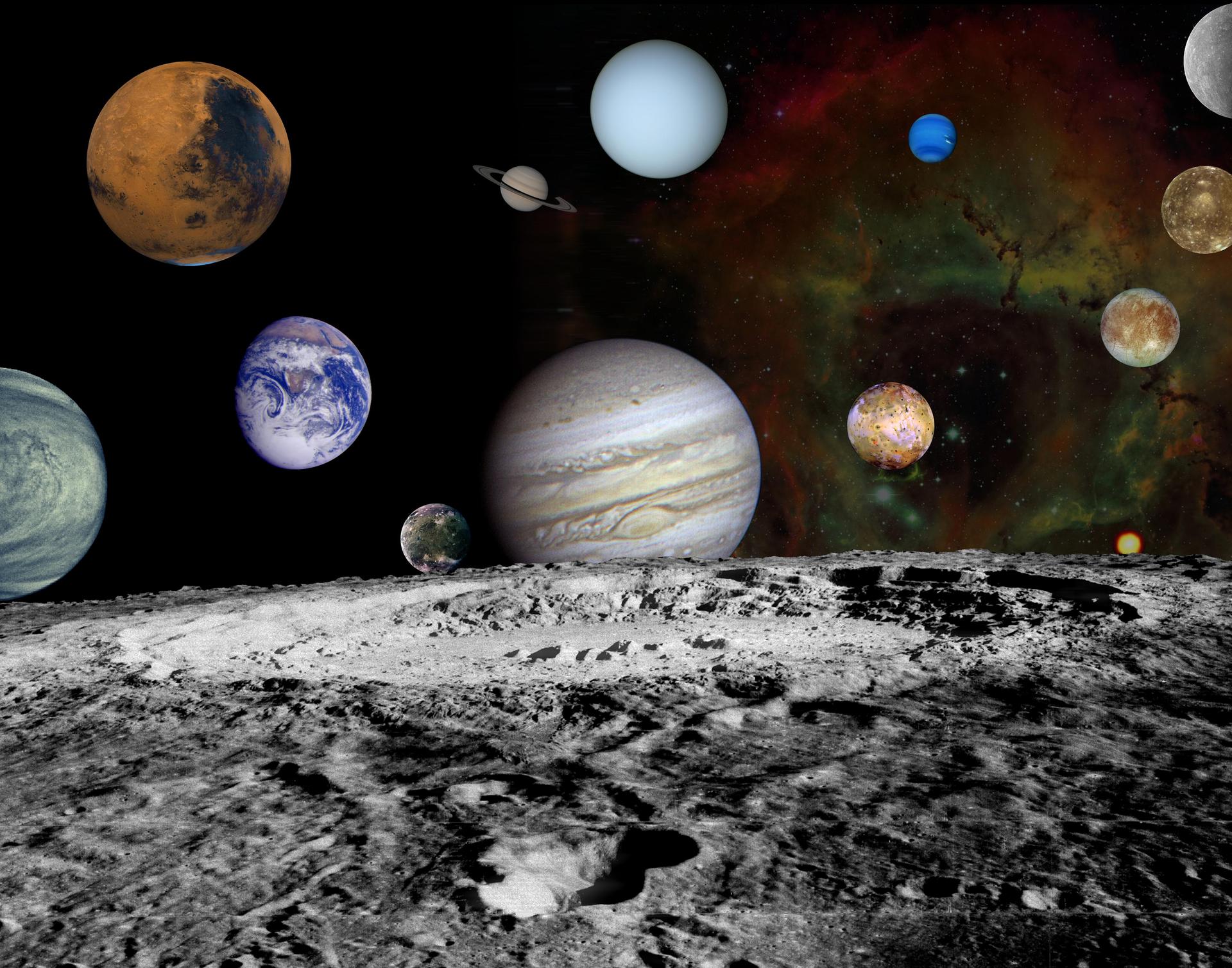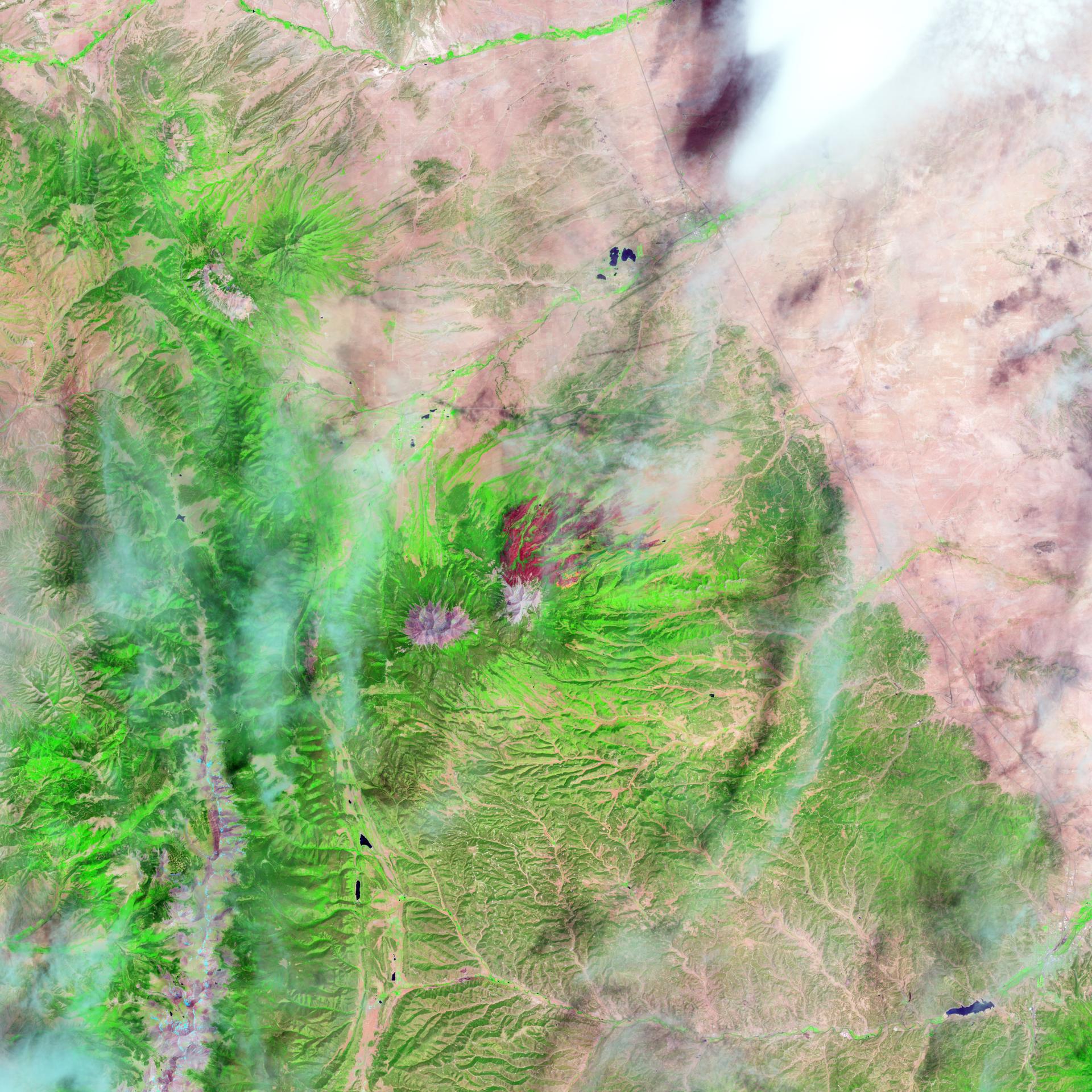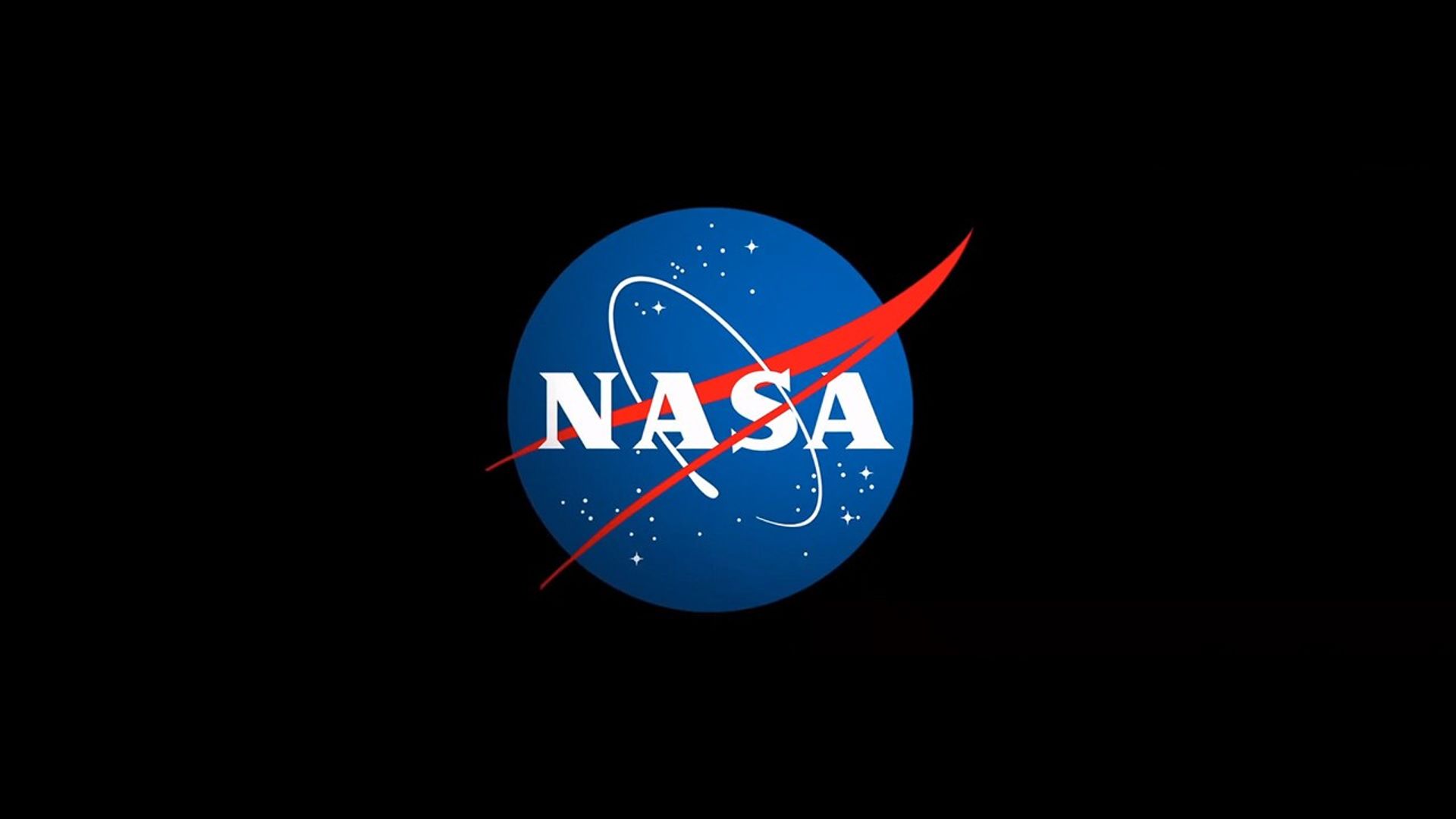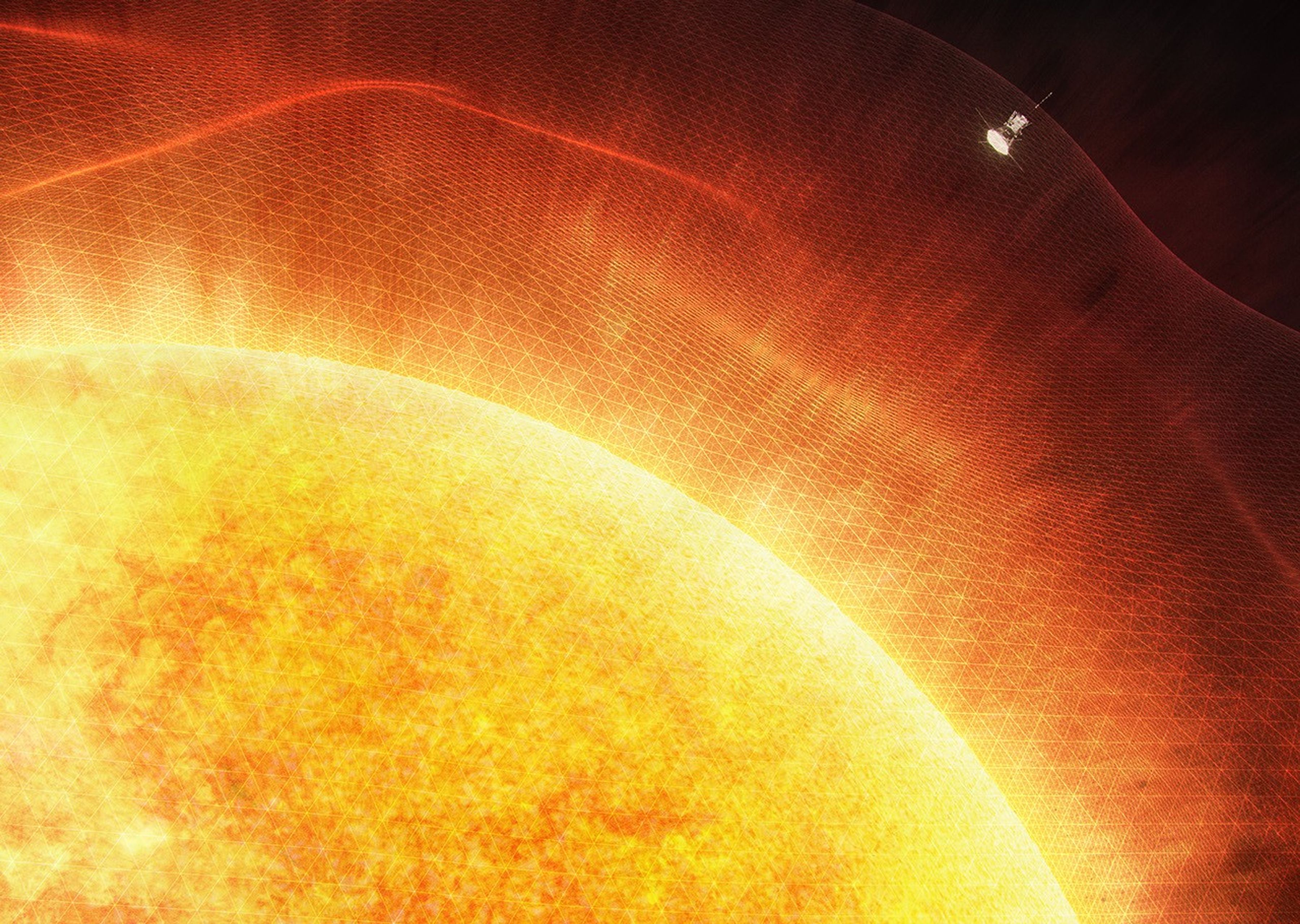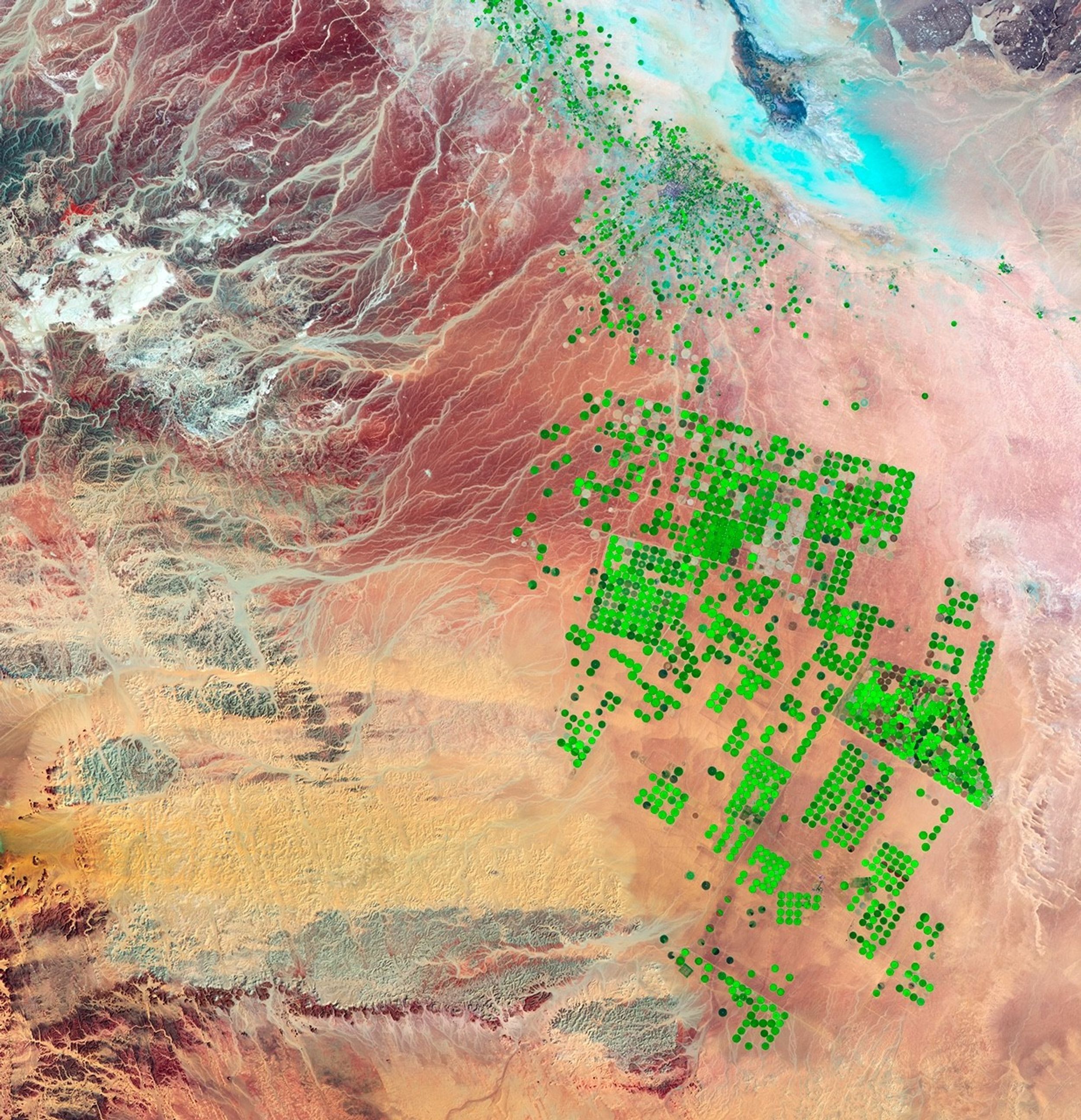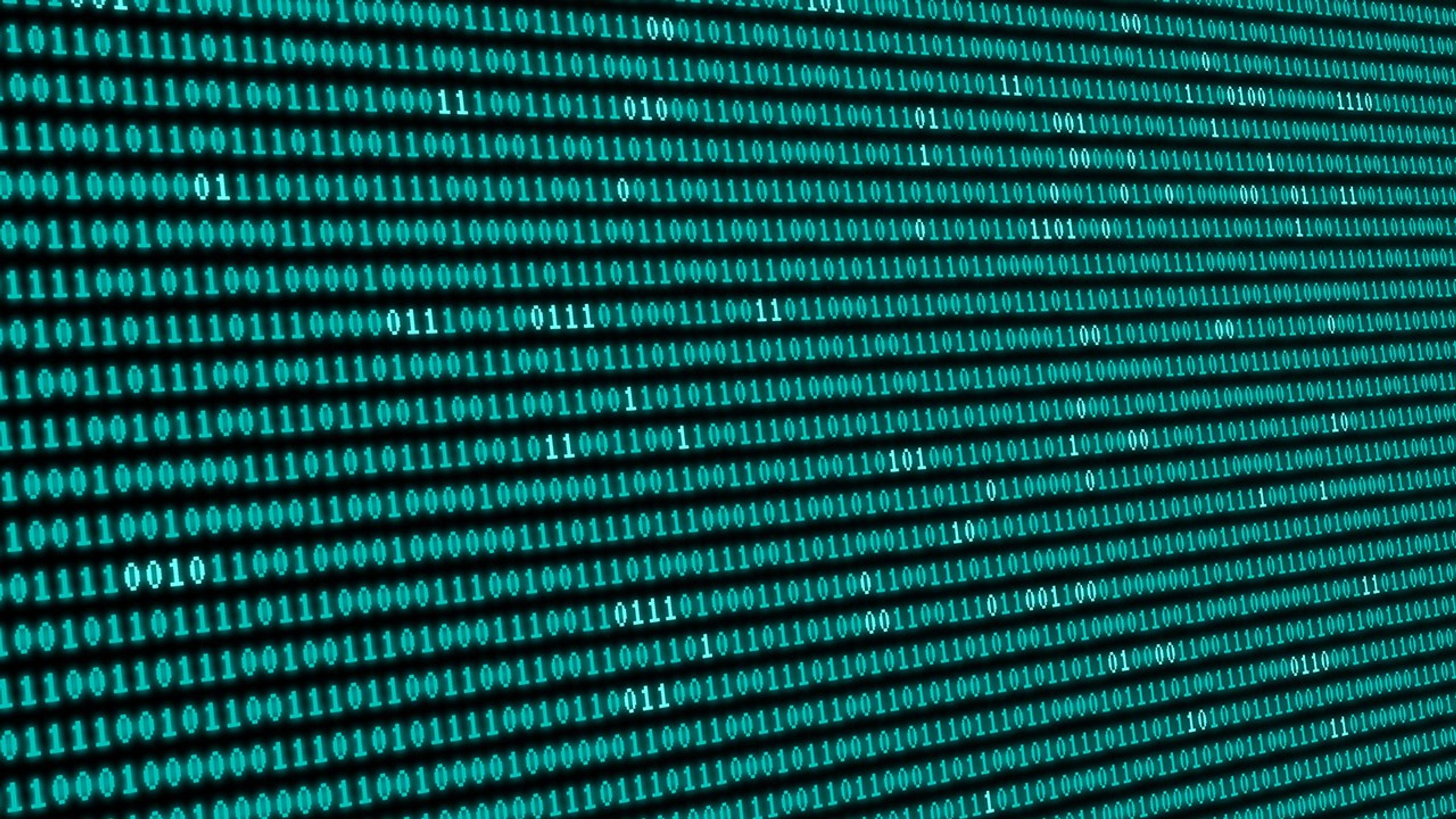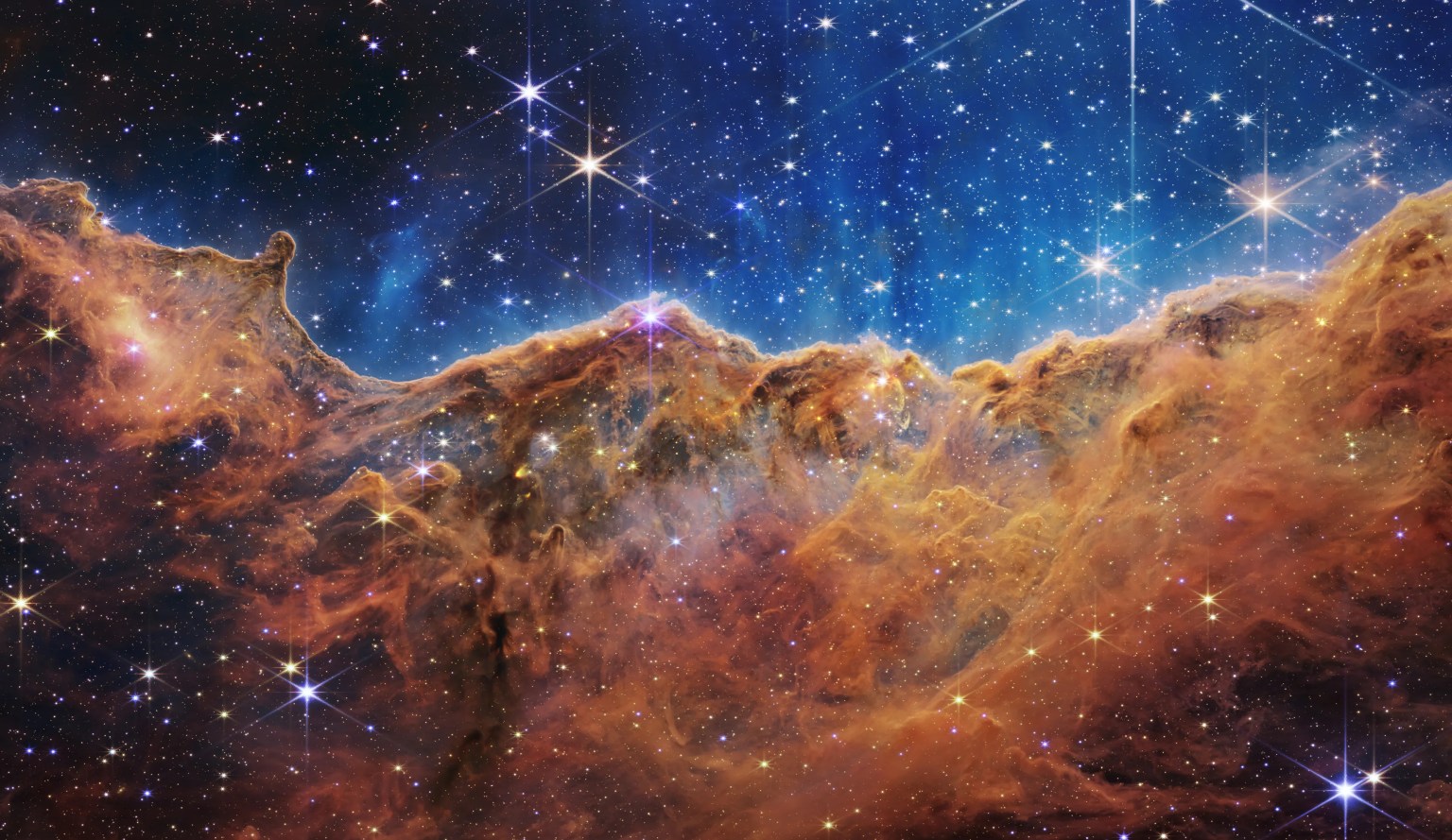NASA’s groundbreaking science and exploration missions increasingly rely on the efficient use of large-scale data, advanced computing, and high-performance analytics. Led by Kevin Murphy (Chief Science Data Officer) and Andrew Mitchell (Deputy Chief Science Data Officer), the Office of the Chief Science Data Officer (OCSDO) is modernizing data and computing systems for science and engineering across NASA in support of efficiency, sustainability, security, and scientific integrity, while enabling the next generation of space exploration and discovery.
By managing the agency’s High-End Computing Capability (HECC) portfolio, the OCSDO provides advanced computational resources for NASA’s cutting-edge science and engineering missions, from understanding the impacts of solar phenomena to charting the path for human spaceflight. Within the Science Mission Directorate (SMD), OCSDO ensures that the vast amounts of scientific data generated by NASA’s missions are accessible and preserved for future analysis and ready to support future exploration.
The OCSDO enhances the value of NASA’s science data through the evolution of data and computing systems, accelerating discoveries through innovative data science techniques, and fulfilling NASA’s strategic goal of ensuring scientific data are readily available to all.
ocsdo Leadership
Artificial Intelligence and Machine Learning
The OCSDO advances scientific discovery through innovative applications and partnerships in data science, advanced analytics, and artificial intelligence (AI).
Learn More about Artificial Intelligence and Machine Learning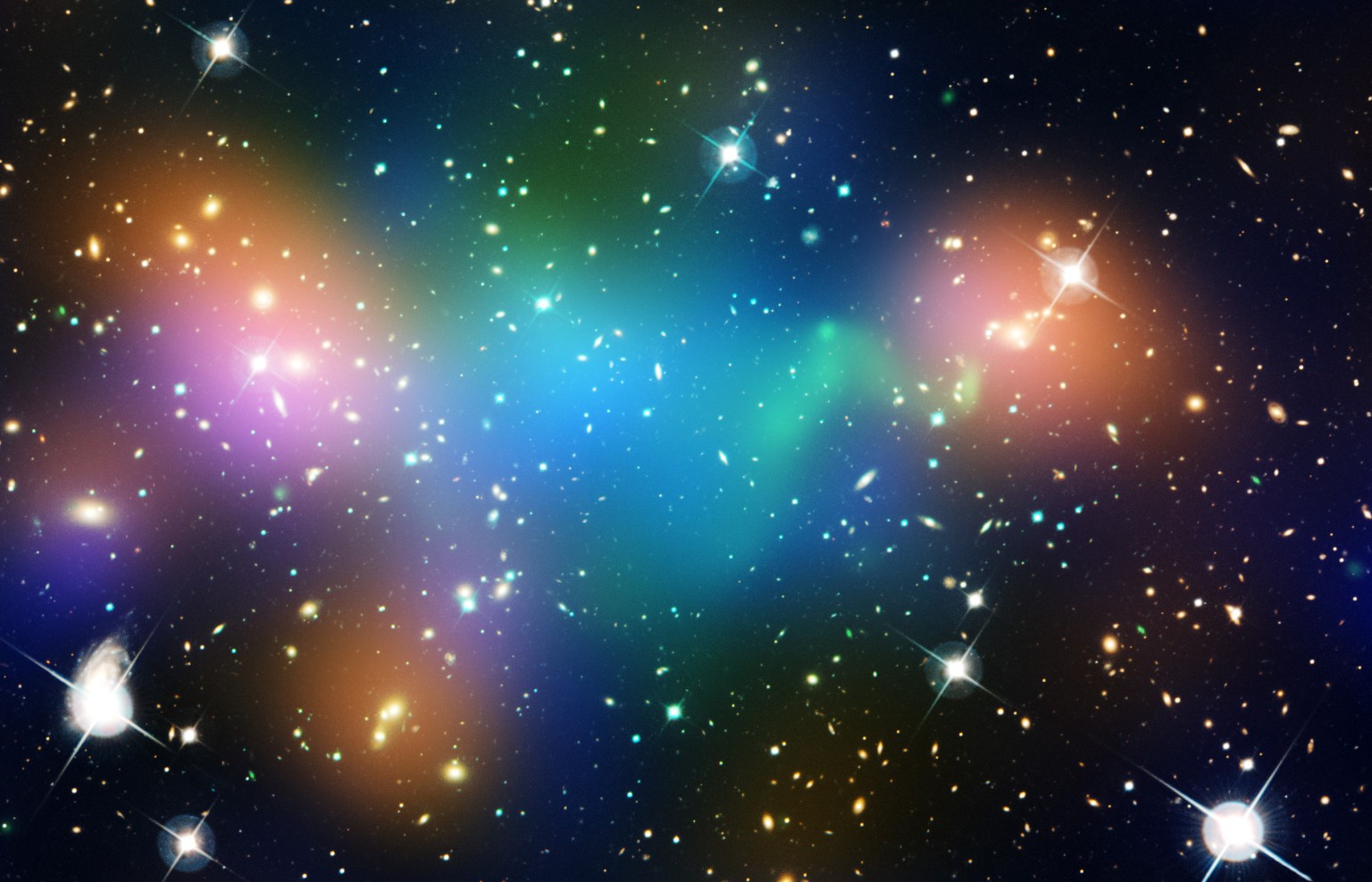
Core Data and Computing
The OCSDO continuously evolves data and computing systems for efficiency, sustainability, security, and scientific integrity.
Learn More about Core Data and Computing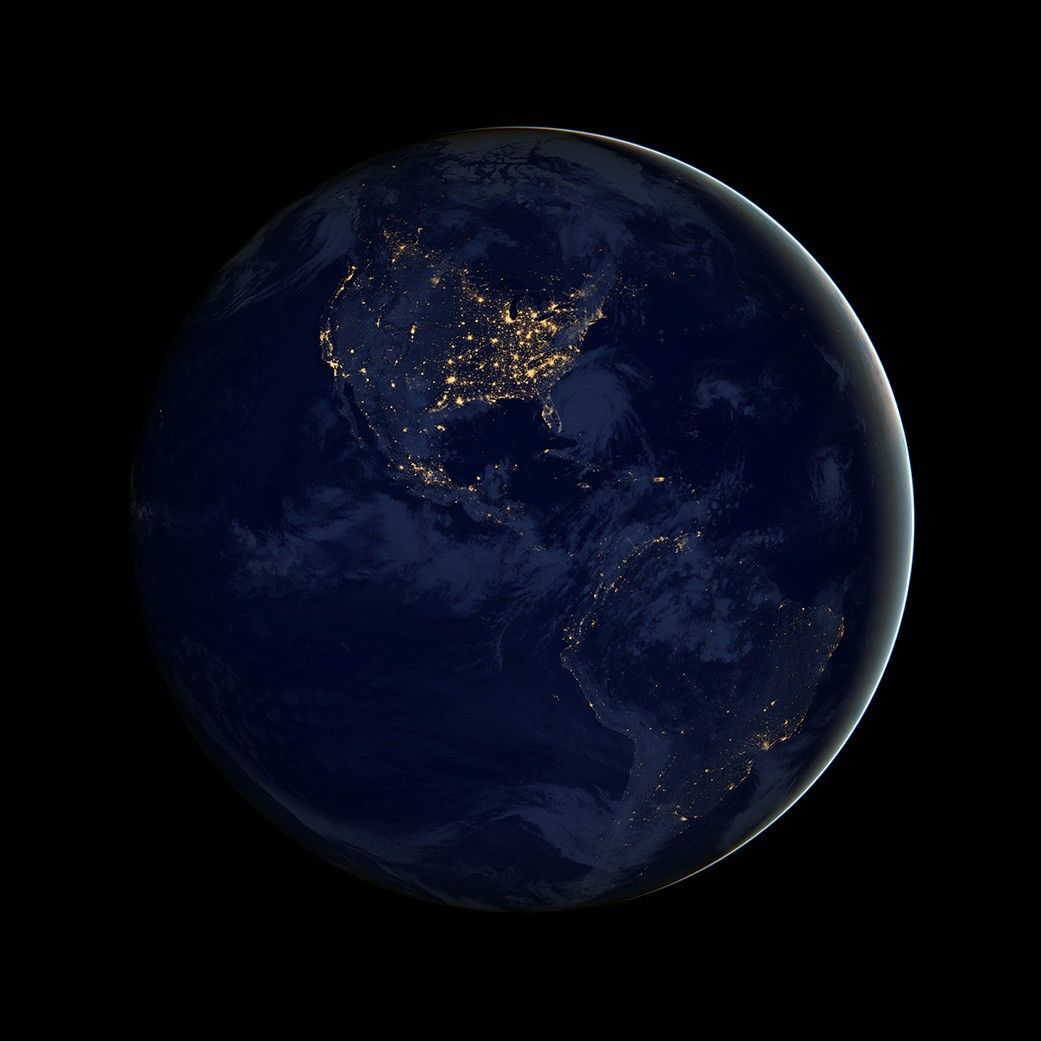
High-End Computing
The OCSDO manages NASA's High-End Computing Capability (HECC) portfolio, which enables large-scale modeling, simulation, and analysis across NASA’s science, engineering, and exploration missions.
Learn More about High-End Computing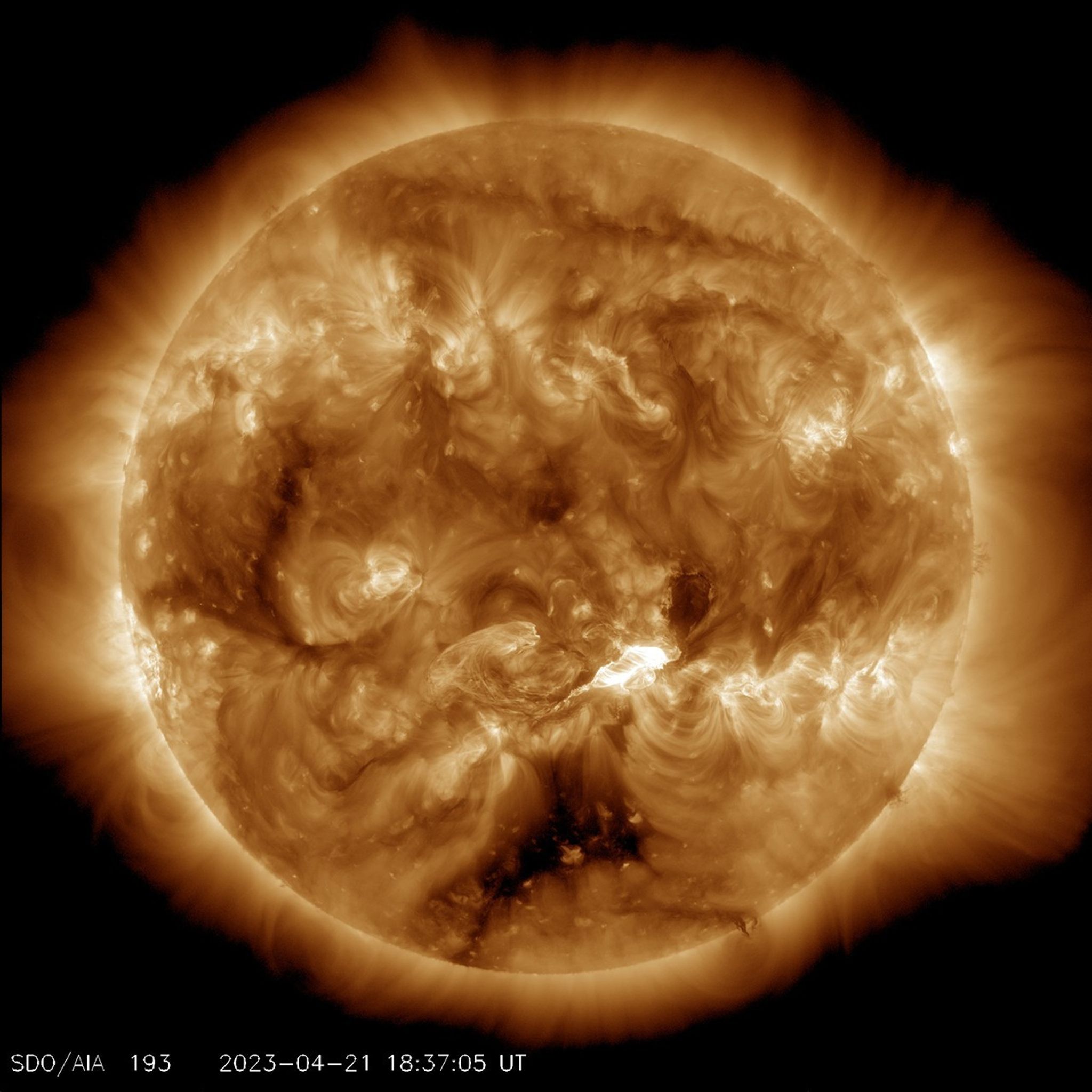
Open Science
The OCSDO supports transparent, trustworthy, and reproducible science through open science tools, practices, and guidance.
Learn More about Open Science
NASA Science Data
The Science Data Portal provides a comprehensive list of NASA Science Mission Directorate data repositories.
Explore NASA Science Data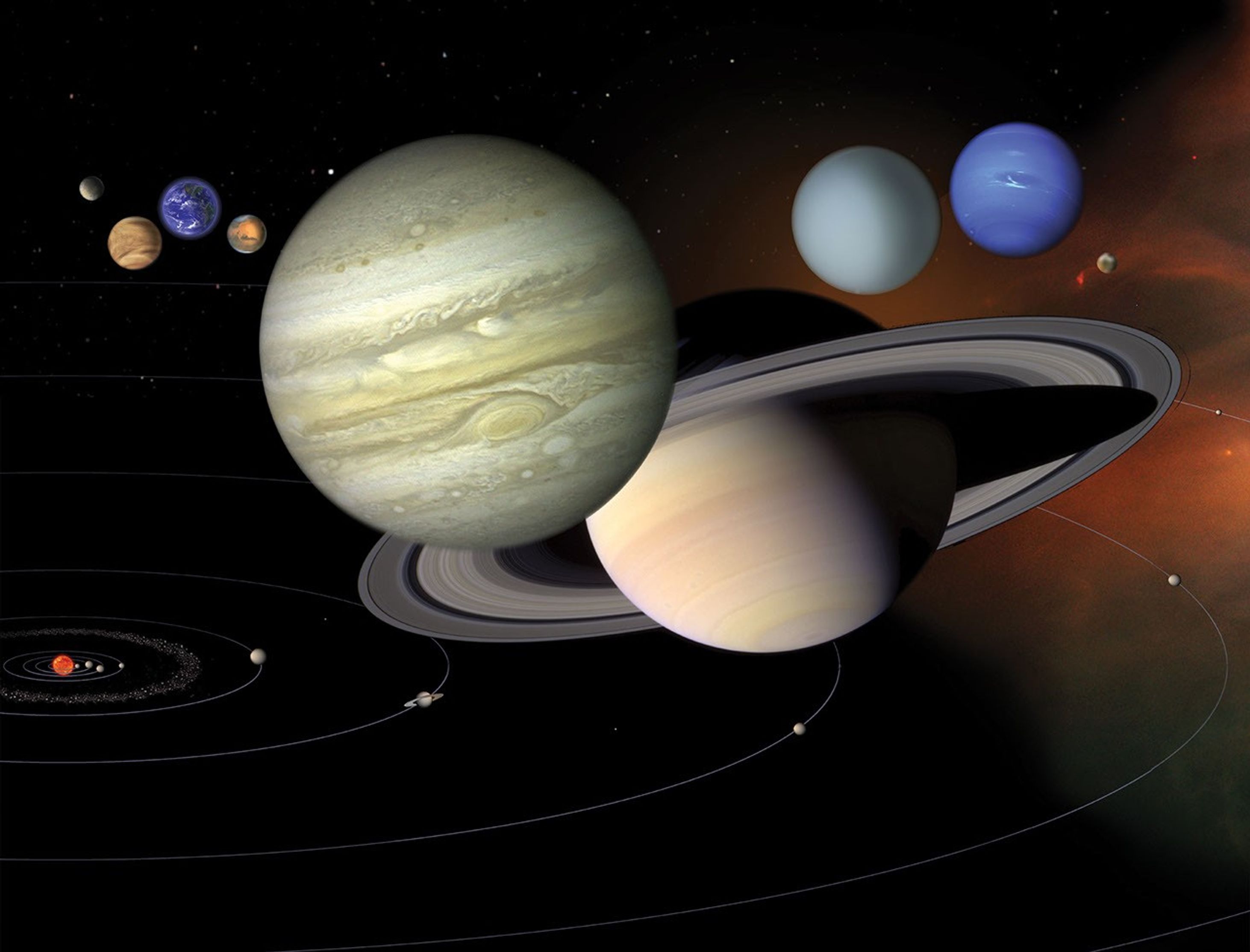
OCSDO Reports
This archived content may contain outdated information or references that may not reflect current policy or programs.

































